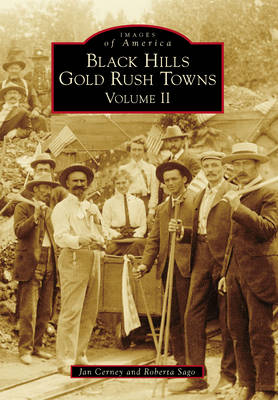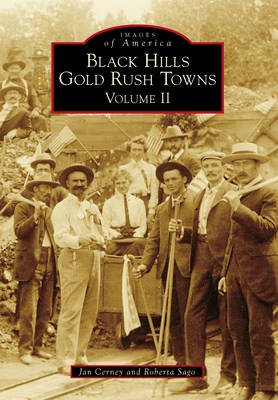
- Afhalen na 1 uur in een winkel met voorraad
- Gratis thuislevering in België vanaf € 30
- Ruim aanbod met 7 miljoen producten
- Afhalen na 1 uur in een winkel met voorraad
- Gratis thuislevering in België vanaf € 30
- Ruim aanbod met 7 miljoen producten
Zoeken
€ 34,95
+ 69 punten
Uitvoering
Omschrijving
Rising out of the prairie, the Black Hills of South Dakota and Wyoming had long been rumored to have promising quantities of gold. Sacred to the Lakota, the Black Hills was part of the land reserved for them in the Fort Laramie Treaty of 1868. However, the tide of prospectors seeking their fortune in the Black Hills was difficult to stem. Members of the 1874 Custer expedition, lead by Gen. George Armstrong Custer, found gold. In 1875, scientists Henry Newton and Walter Jenney conducted an expedition and confirmed the rumors. By 1876, the trickle of prospectors and settlers coming to the Black Hills was a flood. The US government realized that keeping the interlopers out was impossible, and in 1877 the Black Hills was officially opened to settlement. In this sequel to their Black Hills Gold Rush Towns book, the authors expand their coverage of Black Hills towns during the gold-rush era.
Specificaties
Betrokkenen
- Auteur(s):
- Uitgeverij:
Inhoud
- Aantal bladzijden:
- 128
- Taal:
- Engels
- Reeks:
Eigenschappen
- Productcode (EAN):
- 9781467113977
- Verschijningsdatum:
- 11/05/2015
- Uitvoering:
- Paperback
- Formaat:
- Trade paperback (VS)
- Afmetingen:
- 160 mm x 229 mm
- Gewicht:
- 317 g

Alleen bij Standaard Boekhandel
+ 69 punten op je klantenkaart van Standaard Boekhandel
Beoordelingen
We publiceren alleen reviews die voldoen aan de voorwaarden voor reviews. Bekijk onze voorwaarden voor reviews.








